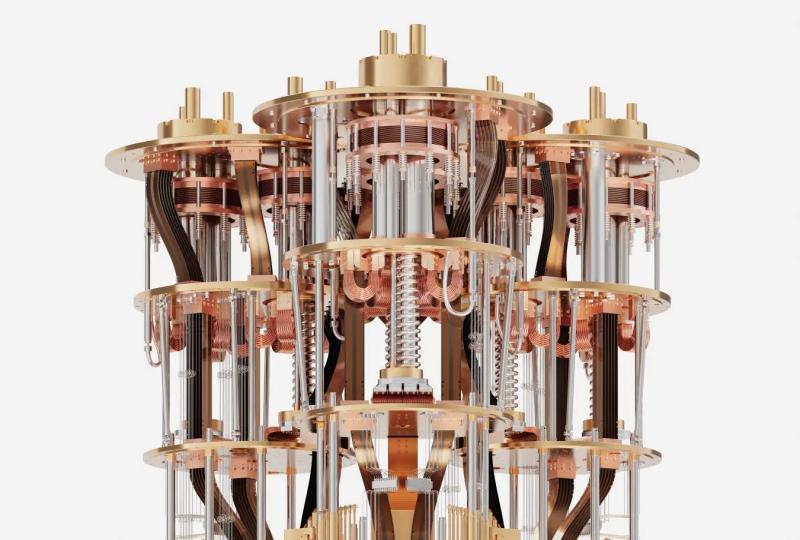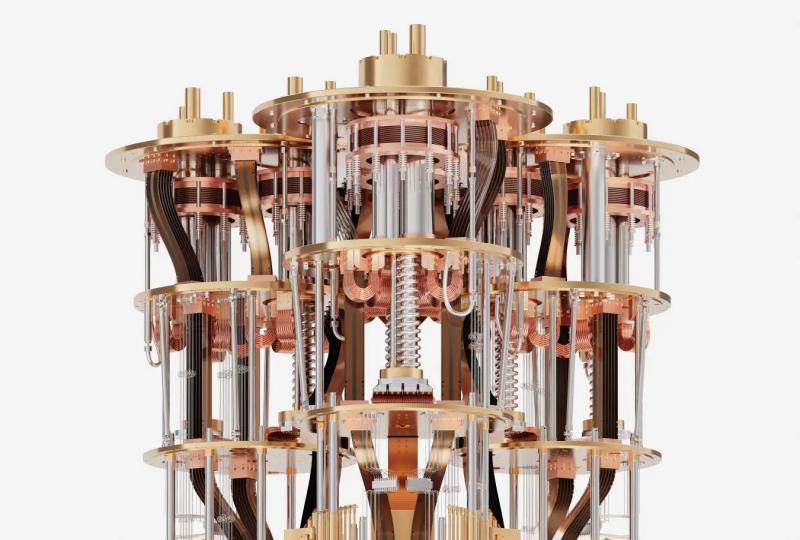Quantum Configuration: Unveiling the Blueprint of Quantum Systems
2025.08.26 · Blog Quantum Configuration
Quantum configuration lies at the heart of quantum mechanics, defining how particles, fields, and systems are arranged and interact at the smallest scales. Understanding this blueprint is essential for advances in quantum computing, materials science, and fundamental physics. This article explores the principles behind quantum configuration, its mathematical framework, and its real-world applications.
What Is Quantum Configuration?
In classical physics, a configuration describes the positions and momenta of particles in a system. Quantum configuration, however, transcends classical intuition by encoding a system’s complete state in a wavefunction or a density matrix. This quantum state encapsulates all observable information, including superposition and entanglement.
The Mathematical Framework
Wavefunction and Hilbert Space
A quantum configuration is represented by a vector ∣ψ⟩∣ψ⟩ in a Hilbert space, an abstract vector space equipped with an inner product. The wavefunction ψ(x)ψ(x) is the position-space representation of ∣ψ⟩∣ψ⟩, satisfying the normalization condition
∫∣ψ(x)∣2 dx=1.∫∣ψ(x)∣2dx=1.
Operators acting on ∣ψ⟩∣ψ⟩ correspond to physical observables, such as momentum p^p^ and Hamiltonian H^H^.
Configuration Space
For a system of NN particles, the configuration space is the 3N3N-dimensional space of all possible position vectors (r1,r2,…,rN)(r1,r2,…,rN). In quantum mechanics, probability amplitudes extend over this configuration space, leading to phenomena like quantum tunneling in multi-particle systems.
Quantum Configuration in Computing
Quantum computers rely on precise quantum configurations of qubits.
-
Initialization: Qubits must be prepared in well-defined basis states (e.g., ∣0⟩∣0⟩ or ∣1⟩∣1⟩).
-
Entanglement: Configuring qubits in entangled states enables quantum parallelism, a key advantage in algorithms like Shor’s factoring method.
-
Error Correction: Quantum error-correcting codes protect configurations against decoherence, ensuring reliable computation (see [Quantum Error Correction]).
Applications in Materials Science
Engineered quantum configurations lead to novel materials with exotic properties:
-
Topological Insulators: Materials whose electronic configurations yield robust, surface-conducting states immune to disorder (learn more at [Topological Phases of Matter]).
-
Superconductors: Configuring electron pairs (Cooper pairs) below a critical temperature enables resistance-free current flow (read on [High-Temperature Superconductivity]).
-
Quantum Dots: Nanoscale configurations trap electrons, producing discrete energy levels useful in optoelectronics and biological imaging (explore [Quantum Dot Technology]).
Probing and Manipulating Configurations
Experimental tools to observe and control quantum configurations include:
-
Scanning Tunneling Microscopy (STM): Provides atomic-scale images of surface electron configurations.
-
Ultrafast Lasers: Manipulate electronic configurations on femtosecond timescales, revealing dynamic processes (see [Ultrafast Spectroscopy Techniques]).
-
Quantum Tomography: Reconstructs the full quantum state of a system by performing a series of measurements along different bases.
Challenges and Future Directions
Realizing precise quantum configurations remains challenging due to:
-
Decoherence: Environmental interactions quickly scramble quantum states.
-
Scalability: Building large-scale systems with controlled configurations tests current fabrication techniques.
Emerging solutions involve topological qubits, which leverage intrinsic protection against decoherence, and machine-learning algorithms to optimize complex configuration spaces .
Conclusion
Quantum configuration provides the blueprint for understanding and harnessing the power of quantum systems. From the foundations of wavefunctions in Hilbert space to cutting-edge applications in computing and materials science, mastering these configurations is pivotal for future technological breakthroughs. Continuous advancements in experimental techniques and theoretical methods promise to unlock new frontiers in quantum engineering and quantum information science.
Featured Content






